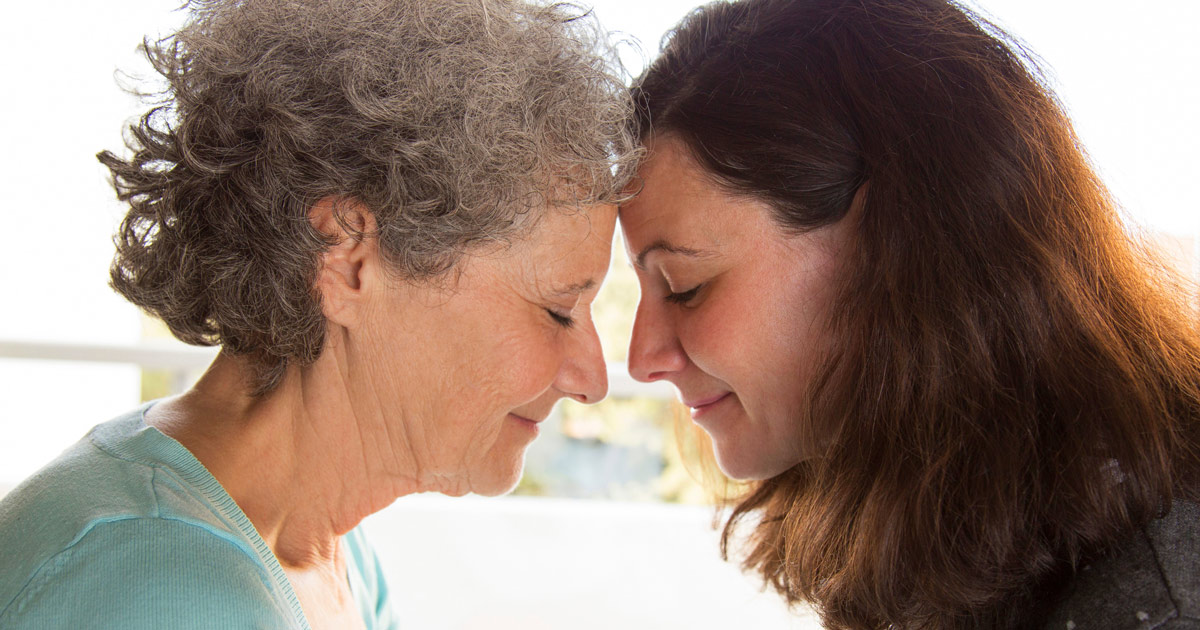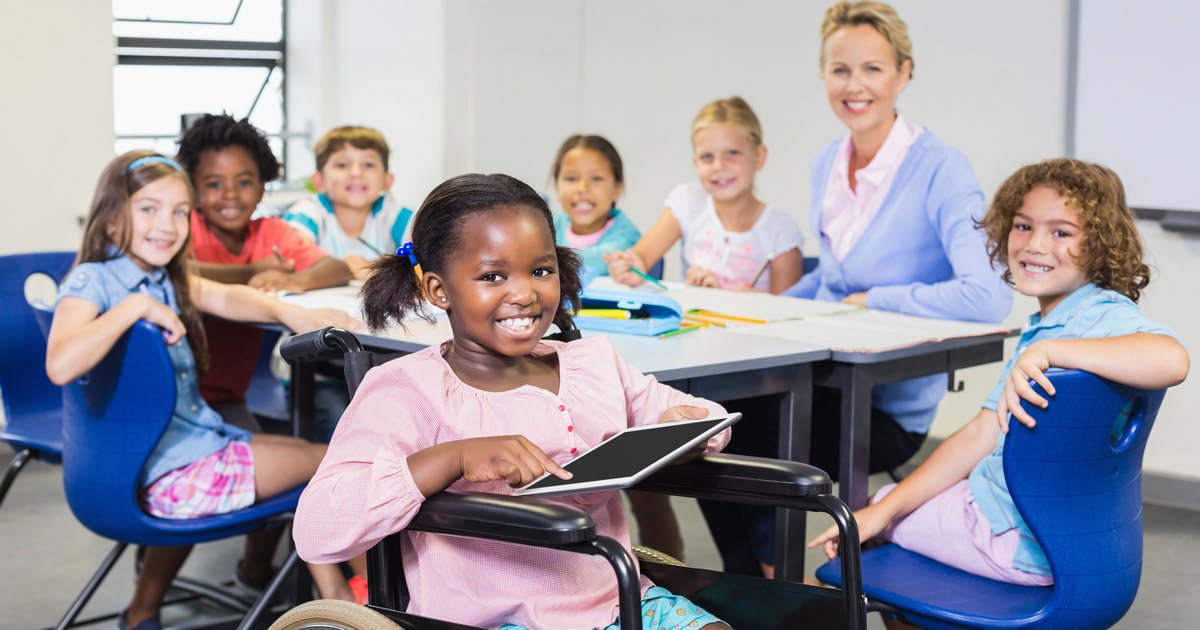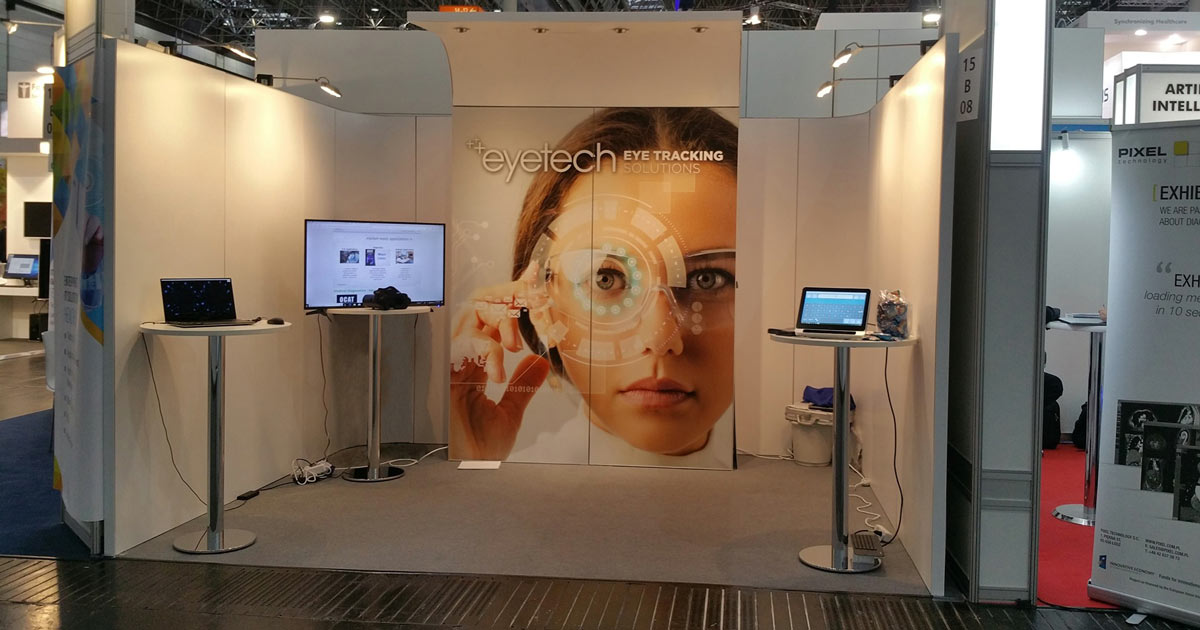Towards the end of 2020, EyeTech had an opportunity to help a teenager who was involved in a road traffic accident and, as a result, sustained severe brain and spinal cord injuries.
EyeTech carried out an assessment for an eye-tracking augmentative and alternative communication (AAC) device with the help of the Speech and Language Therapist (SLT) to understand the communication needs of the user. Prior to our visit, at least 10 other AAC devices from other suppliers were used for assessment without any success. EyeTech’s EyeOn Elite was used for the assessment and proved to be an ideal fit for the user’s communication needs. The EyeOn Elite runs on EyeTech’s AEye 2.0 technology, which provides a larger head box for tracking head movement. This type of eye-tracking camera is more accommodating for people with a tendency to move more and who might be prone to distraction.
During the assessment process, the user-driven calibration (UDC) feature was used to calibrate the device specifically for the user. The UDC method provided the user the time to perform the calibration exercise at their own pace, which is key for someone who has suffered a traumatic brain injury. With UDC, users can take a break during the calibration process and, once ready, can resume calibration from the point where they left off.
After the assessment, EyeTech loaned an eye-tracking device to the user for further testing with the SLT. During this period, we introduced the SLT to an EyeTech Success Coach (SC), who aided in achieving the user’s communication goals. The SC made changes to the grids within Grid 3 to meet the user’s unique requirements. The SLT was given access to the calendar of EyeTech’s SC and was able to book support slots that were convenient for the user.
After a few online sessions with the SC, the user is now able to communicate with friends, family, and caregivers, and is able to access social media platforms like WhatsApp and YouTube via eye gaze.
The success of this case was due to the following two key factors:
- Eye-Tracking Camera: EyeTech’s latest generation camera provides a larger head box for eye tracking. In combination with EyeTech’ UDC method, this provided the user with the flexibility to take breaks and catered to larger head movements during the calibration process. As a result, the user could get a successful calibration and now can use the device easily.
- Partnership with SLT and Success Coach Team: After the assessment, EyeTech’s Success Coaches worked closely with the SLT to address the user’s communication needs. The Success Coaches assisted by making changes to the grids making it more suitable for the user. This is just the beginning. Going forward, the user and SLT will continue working closely with the SC to cater user’s future requirements.
With our new AAC eye-gaze solution, we are determined to empower people with differing abilities to communicate, access their computer, and control their environment. It gives us immense satisfaction when we can help individuals live better lives and fulfill their potential using our eye-tracking AAC solutions.
If you would like to learn more about our EyeTech’s eye-tracking AAC solutions, please reach out to us on info.uk@eyetechds.com.
Move your eyes, move the world.



